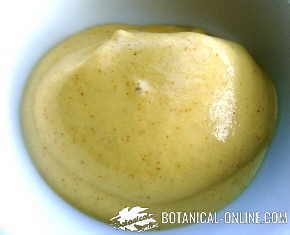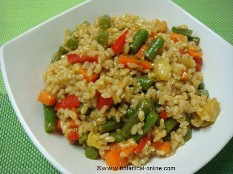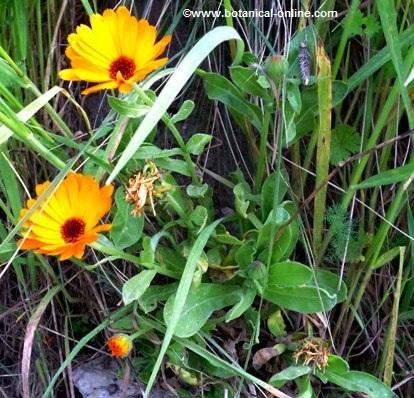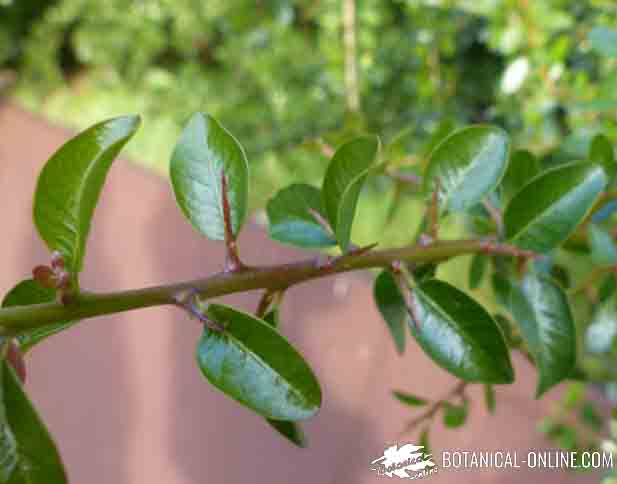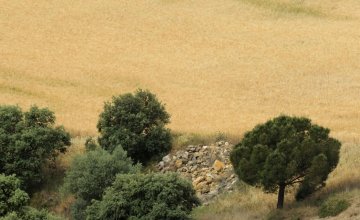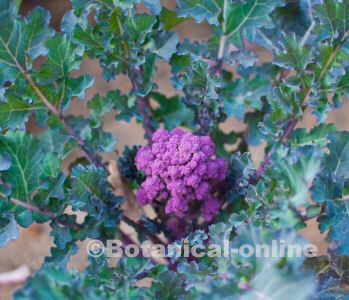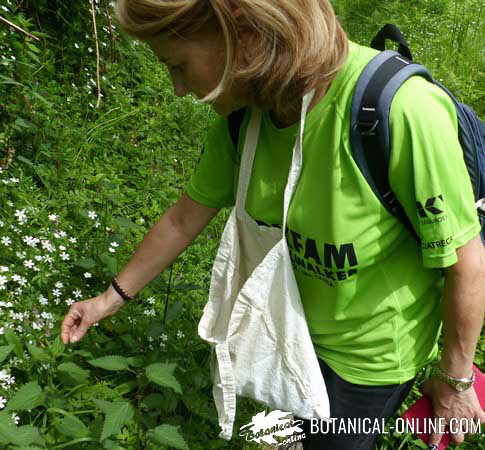Contents
How to grow carambola
 Characteristics of Averrhoa carambola
Characteristics of Averrhoa carambola
– Perennial fruit tree, short and slow growing. In subtropical climates it behaves like a deciduous tree.
– The trunk is short and highly branched, up to 6-10 m. tall.
– Leaves large, alternate, stalked, compound, imparipinnate, with 5-11 ovate -elliptic leaflets, thin hairy on the underside.
– Inflorescences in axillary panicles, which small flowers (4mm. in diameter), white or yellowish. Carambola flowers give off a pleasant aroma.
How is carambola fruit?
Carambola fruits are ellipsoidal or ovoid berries, with five longitudinal ribs or protrusions. These are hard, waxy and shiny fruits, 6 – 12cm. long and 6cm. wide, with greenish skin that turns yellow when ripe.
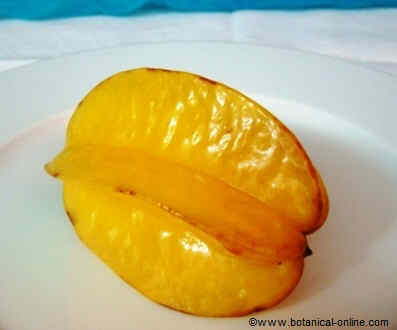
The mesocarp or pulp is yellow, fleshy, sweet and with sour taste. The fruit has few seeds inside.
Fruit weight ranges between 100 and 200g. at maturity.
It has a star-shaped fruit of 5 peaks, which has become a very popular fruit.
Within the fruit there are between 10 to 15 seeds.
 Carambola climate
Carambola climate
– Tropical and subtropical climate. In tropical areas, it is an evergreen tree, while in subtropical countries, it behaves like a deciduous tree.
– The plant grows in full sun.
– It can live up to 1,200 m.
– Temperatures between 18 and 28 ° C.
– It tolerates short periods of frost and drought. However, young trees are more sensitive to freezing temperatures and should be protected during the first winter.
 Carambola soil
Carambola soil
- Soil type: sandy or clayey, calcareous or alkaline soils are tolerated.
- Good drainage to avoid waterlogging of the roots. Floods can cause rotting in the roots of this plant.
- It prefers soil rich in organic matter.
- Neutral or slightly acidic pH, from 5.5 to 7.
 Carambola reproduction
Carambola reproduction
Sexual reproduction by seed:
– One must choose fruit seeds in good condition, healthy and with large size.
– Clean and dry the seeds. The seed viability decreases shortly after removal from the fruit, so it should be convenient to make them germinate soon.
– Generally, germination occurs after 7-15 days.
– Transplant them in pots with sandy loam soil, well drained.
– Do not transplant them final until after 1 year or when the plant can withstand the local climate.
– Care should be place on watering the plant as it is sensitive to the lack of irrigation, it does not tolerate freezing temperatures.
– The plant begins to bear fruit when three years.
– Due to their brittle branches, you should tie the trees with a guide tube to hold the main branches.
 Carambola harvest
Carambola harvest
– The fruit is ripe when it acquires a bright yellow color. However, for export, it is harvested when it is still slightly green.
– The fruits fall to the ground when ripe, although people tend to harvest them before maturity.
– In India carambola harvest takes place between September and October, and from December to January.
 Pests and Diseases of carambola
Pests and Diseases of carambola
– Fruit fly (Bactocera carambolae): characterized because it produces brown spots around the fruit (not to be confused with brown patches that are sometimes on the edges of the carambola). Malaysia trees are affected by the species Dacus dorsalis, to the point of compromising all the production.
– Anthracnose: leaf spots caused by different bacteria that affect fruit production.
![]() More information about carambola.
More information about carambola.

